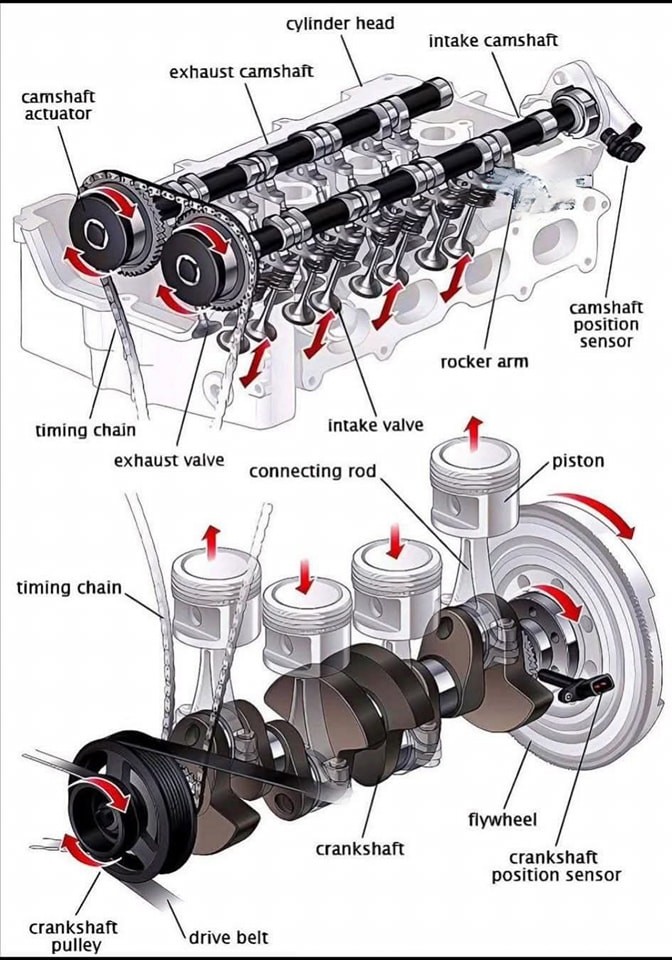Contact Person : DERRICK
Phone Number : +8616624624402
WhatsApp : +8616624624402
March 13, 2025

Camshaft vs Crankshaft: differences, running, advantages, and signs and symptoms explained:
The camshaft and crankshaft are critical additives of an engine, each gambling a unique role in its operation.
What is Camshaft?
The camshaft controls the hole and ultimate of the engine’s consumption and exhaust valves. It includes lobes (cams) that press towards rocker arms or lifters, inflicting the valves to open at an appropriate time. The camshaft operates at half of the rate of the crankshaft in a 4-stroke engine.
Working:
The camshaft is pushed by the crankshaft via a timing belt, chain, or tools machine. as the cam rotates, its lobes push towards valve lifters, beginning the valves for air-fuel consumption or exhaust gasoline expulsion.
1. Ensures particular valve timing for most appropriate engine overall performance.
2. Make a contribution to better fuel efficiency and decreased emissions.
three. enhances energy output with superior cam profiles.
Signs and symptoms of a faulty Camshaft:
1. Engine misfires or hard idling.
2. reduced energy and gasoline efficiency.
3. unusual tapping or ticking noise.
Crankshaft?
The crankshaft converts the linear motion of pistons into rotational motion, which drives the wheels. It’s the backbone of the engine’s strength delivery machine.
Running :
The pistons circulate up and down because of combustion, and their motion is transmitted to the crankshaft through connecting rods. The crankshaft’s counterweights make sure stability and smooth operation, while its rotation powers auxiliary additives just like the alternator and water pump.
Advantages:
1. Converts energy correctly into movement.
2. Allows easy engine operation with reduced vibrations.
signs and symptoms of a faulty Crankshaft:
1. Problem beginning the engine.
2. Knocking noises from the engine.
3. Poor acceleration and engine overall performance.
Enter Your Message